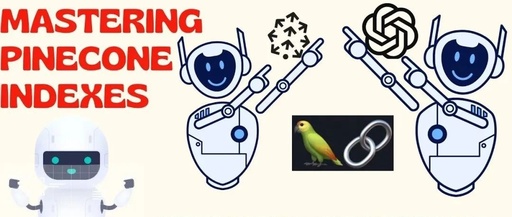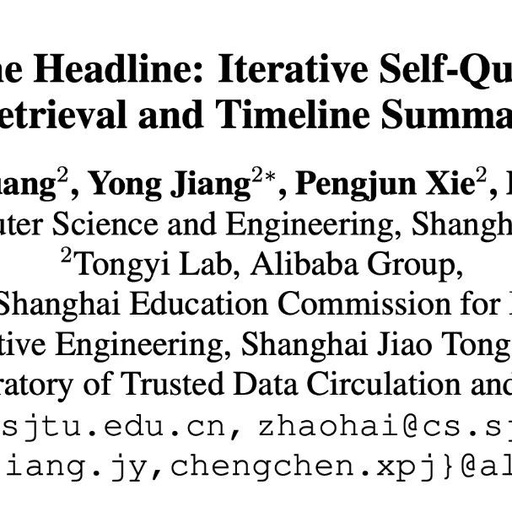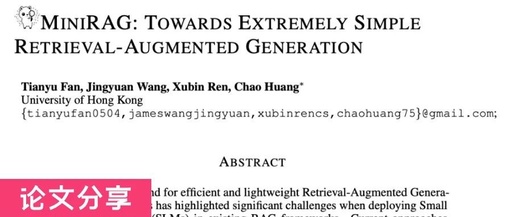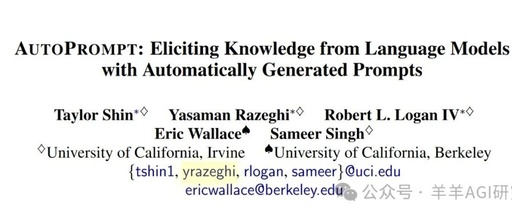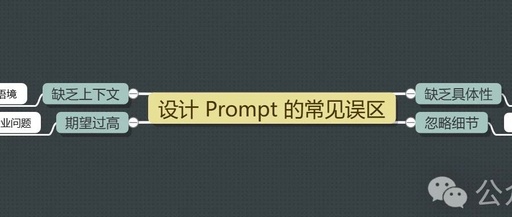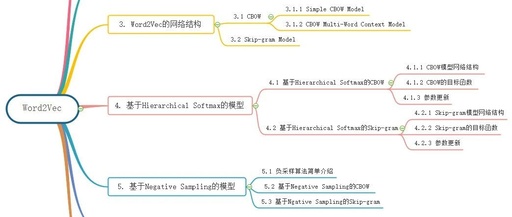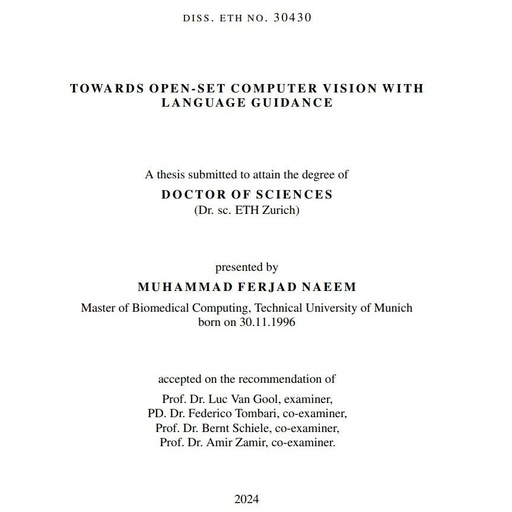Pinecone and LangChain: Powerful Tools for LLM Application Development
To avoid losing contact, please also follow the backup account. Large language models are machine learning models capable of generating natural language text based on context. In recent years, with the development of deep learning and big data, the performance and capabilities of language models have significantly improved, leading to the emergence of many applications … Read more
